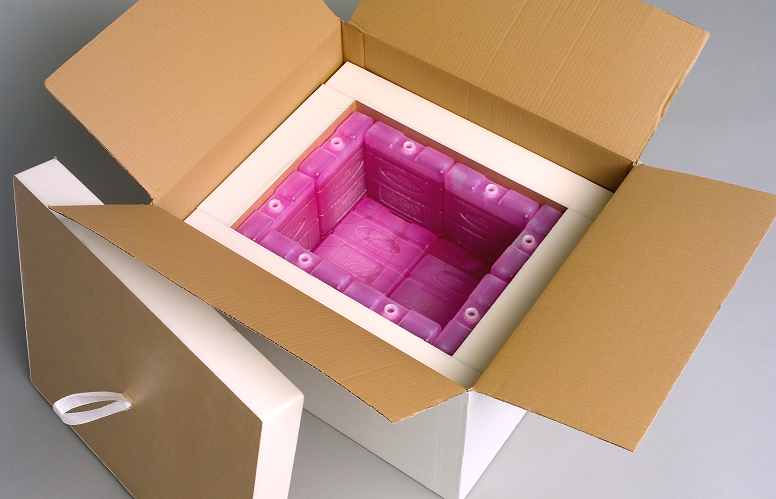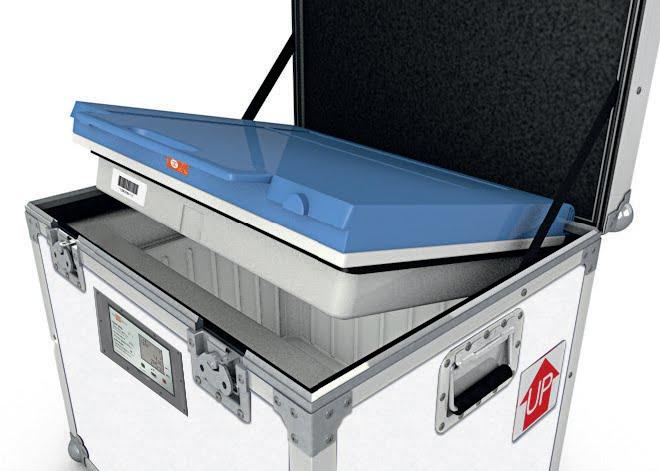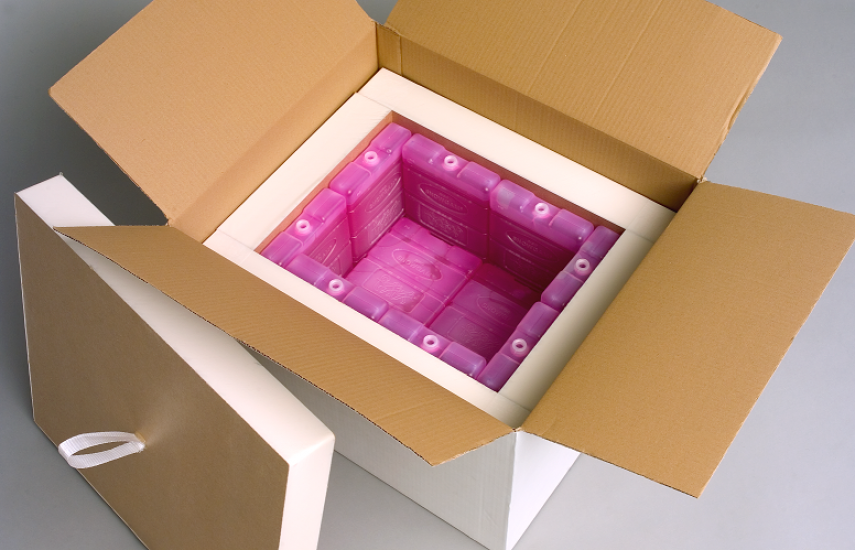Expert advice: which temperature-controlled packaging solution technology should you choose according to your needs?
Abbes Kacimi is an engineer and Cold Chain Expertise Director for Sofrigam. The author of several scientific articles on the topic, he goes through the different existing temperature-controlled packaging technical solutions with us.
What are the different packaging solutions for heat-sensitive products that exist today?
There are three possible technologies:
- Active, or dynamic: this packaging solution requires an external power source (electric plug or battery) during use to ensure constant temperatures.
- Semi-active, or semi-dynamic: the cold source for this packaging solution is static (eutectic plates or PCM) and placed in an isolated compartment. The heat exchange between the payload and the cold source is regulated by a temperature regulation system functioning without an electrical power source (this is the case with Sofrigam’s iBox).
- Passive, or static: this packaging solution is lined with eutectic plates or a phase change material which represents the energy source. Combined with an insulating material, they create a microclimate with the required temperature range.

Passive insulated packaging solution with eutectic plates
Every temperature-controlled packaging solution has specific drawbacks: what are they?
The active solution regulates the temperature but does not offer autonomy: It relies on the availability of electricity, something which is not so simple particularly in developing countries. In general, this type of packaging is not used for air transport. Except, of course, if the product being transported can withstand temperature fluctuations for a sufficiently long period (including passing through customs, time on the tarmac, etc.).
The semi-active solution regulates the temperature and offers autonomy: This packaging solution can be reused more than 100 times and can be offered for hire ready for use. The return of this solution must also be organized.
The passive solution offers autonomy but does not regulate the temperature: It is the least expensive and most used solution in air transport. The cost of transportation depends on the volume and weight of the container.
So who is affected by which refrigerated packaging solution?

iBox, a semi-active, refrigerated packaging solution by Sofrigam
The active solution is typically the easiest and cheapest for group transportation of products (e.g. full lorry). Pharmaceutical laboratories use it to transport products to depositories or distribution platforms in a single logistical step with a refrigerated lorry. Although, there must be a sufficient amount of products to optimize the cost of using a refrigerated vehicle.
The semi-active solution, which has a static cold source, is ideal because regulation of the temperature can be carried out thermodynamically, especially with the iBox developed by Sofrigam. It concerns the heat transfer between the compartment containing the cold source and the products, all without contact and with the help of a temperature regulation unit. This solution is recommended for the transportation of biopsies and ATMP (advanced therapy medicinal products).
The passive or static solutions do not require an electrical power source: the walls of the packaging are insulated, and the PCM or water-based eutectic plates are used to help keep the temperature within the required range. The thickness of the insulating material and the quantity of plates depend on the storage period (autonomy) and the temperature profile. The material used in these plates is chosen according to its melting point, which must be adapted to the storage range. For the qualification of these materials, the worst case scenario is envisaged, e.g. in terms of duration; the qualification profile is therefore much more severe than in reality, which guarantees reliability and autonomy of the static packaging solutions. This insulated packaging solution is particularly well adapted to all needs and profiles, including fragile transportation for clinical trials.
